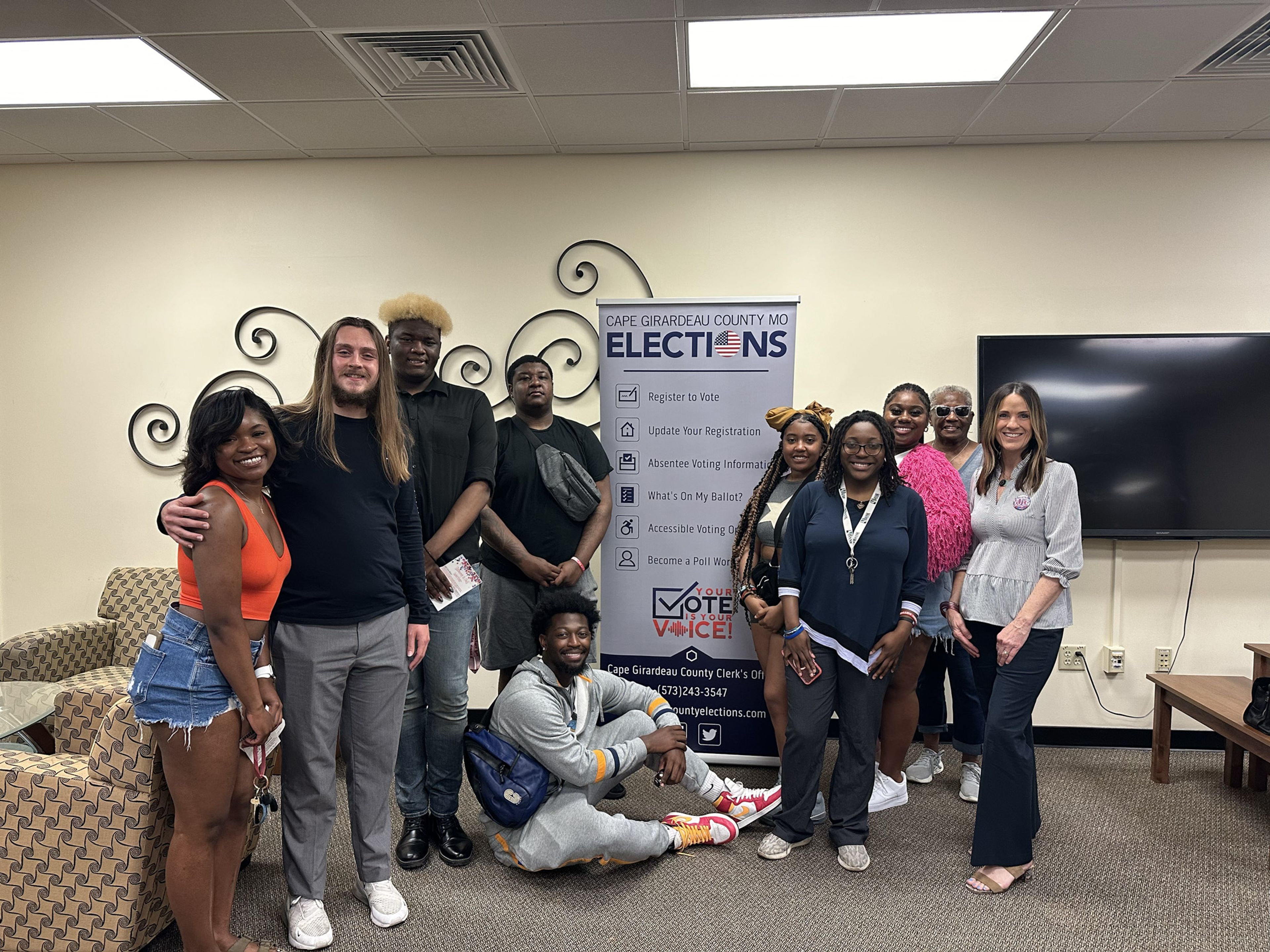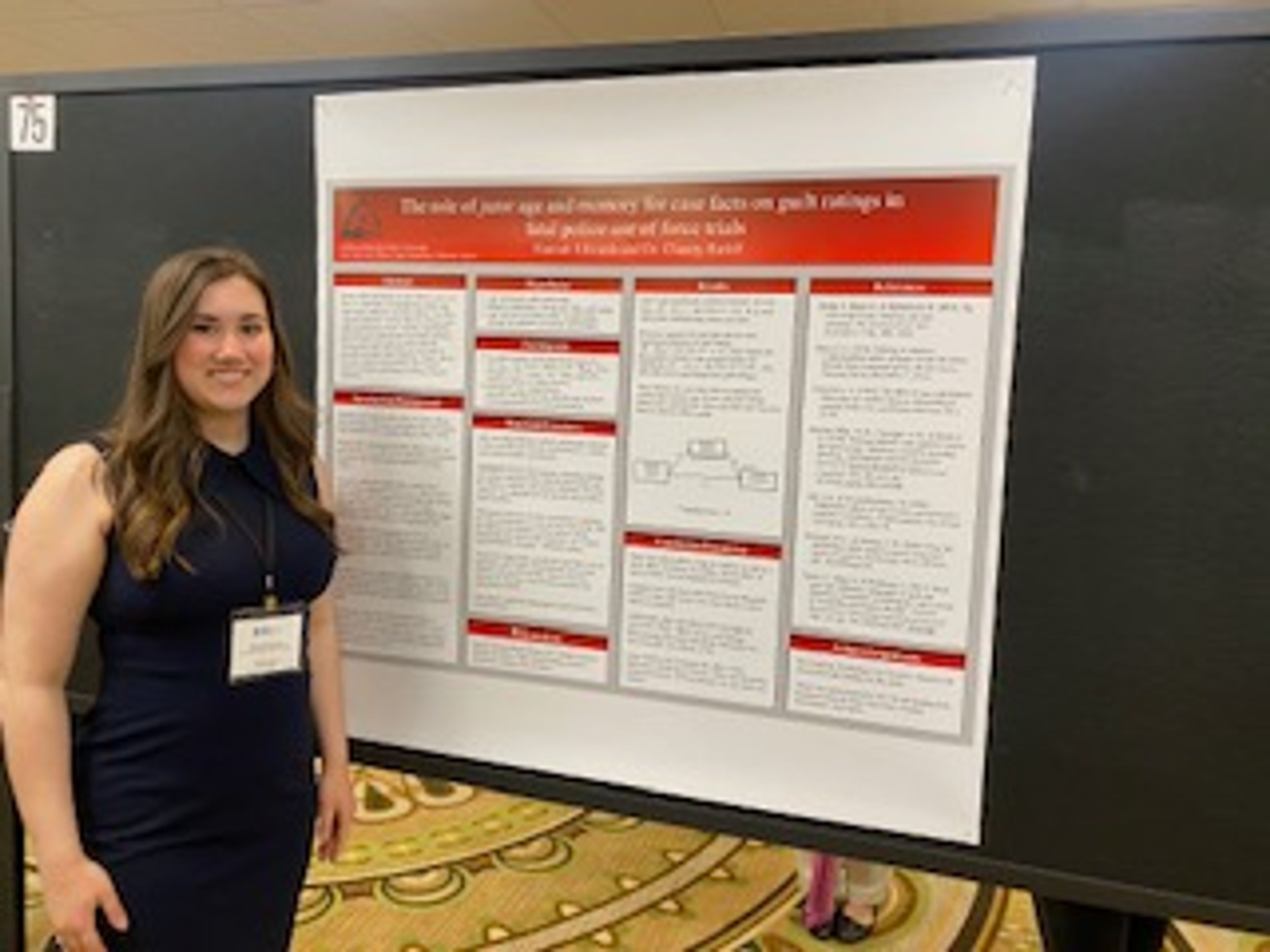The Law Enforcement Academy at Southeast Missouri State University is one portion of the university some Southeast students probably don’t even know exists. It’s not physically located on the main Southeast campus, it’s at 122 Ellis St. in Cape Girardeau.
Typically, students enrolled in the academy meet during the week from 8 a.m. to 5 p.m. with an occasional Saturday throughout the semester because of various holidays.
Going through the Law Enforcement Academy comes with more than just training to protect and serve communities as a police officer.
“Basically, the way it works, we do 760 hours for right now,” Bobby Bollinger, training coordinator, said. “That’s actually going to go up to 800 in 2017. The student’s will get 18 hours of credit in one semester, and then six hours of credit in either a first summer class or winter intersession, depending on if it’s a spring class or a fall class. So, they get a total of 24 credit hours.”
Students don’t have to seek a degree alongside the Law Enforcement Academy, they can just do the certificate program, but Bollinger said there isn’t much of a difference between the two.
“It is all exactly the same stuff,” Bollinger said. “The credit-seeking students do a research project, but that is the only difference.”
While Southeast does offer a criminal justice degree program, students are not required to seek a degree along with the Law Enforcement Academy.
“Of course it will be 24 hours of electives for the degree,” Bollinger said. “But there’s a lot of folks that work in an enforcement type of environment, like park rangers, biologists, fisheries and other things that have enforcement sections, that also require a biology degree.”
Bollinger also said students who choose to obtain a degree with their Class A Missouri Peace Officer’s License have a better chance of finding employment, as well as receiving promotions in departments.
The main difference between credit bearing and non-credit-bearing students is the price tag.
For students who are not seeking credit, the academy costs $5,500. For students who are attending the academy alongside a traditional degree program, the credit hours follow the regular tuition rates.
Students seeking the non-credit-bearing option cannot receive federal funding for their education, so a private loan or payment plan may be necessary.
“Students can make five payments during the academy, but it must be paid in full before they can take the licensing exam,” Bollinger said.
The Missouri Peace Officer License Exam is the final test students must complete before graduating the academy. The exam is administered by the Peace Officer Standards and Training Program, or POST. According to the Missouri Department of Public Safety’s website, the test consists of 11 percent legal studies, 14 percent interpersonal perspectives, 65 percent technical studies and 10 percent skill development.
“You can take the test up to three times,” Bollinger said. “We’ve been here 28 years and in that time we’ve had only two people fail it, and we’ve probably trained close to around 3,000 police officers.”
Bollinger said when a student does not pass it after the third time, they can either wait a year to try again, or they must go through another police academy.
The Missouri POST requires students be trained for 600 hours, but through the Law Enforcement Academy at Southeast, students experience additional training to prepare them for after graduation.
“We work really closely with the local law enforcement, the police chiefs, the local sheriffs, all the police administrators,” Bollinger said. “The classes that we have added are ones that law enforcement administrators are wanting their students to have.”
Among those extra classes, Bollinger said law enforcement officials prefer students have patrol rifle, taser and breathalyzer certifications.
Officer Richard McCall, a public information officer with the Cape Girardeau Police Department, is a 2001 graduate of the academy. He has taken his academy training into several areas, including the Missouri State Park Rangers and as an international law enforcement advisor for police departments in Iraq.
McCall said most students leave the academy well-equipped when looking for a job.
“A lot of students either have a job when they get out, or they have a good idea of where they’d want to work,” McCall said. “They build lots of connections. Particularly at Southeast, a lot of Criminal Justice majors will come in and role play for a SWAT team, so connections are even made there. If they don’t want to join us, you can bet that they’re sniffing around an agency that they want to go to.”
Students within the Law Enforcement Academy do not spend all of their time learning within the classroom. According to Bollinger, students spend roughly 60 percent of their time within the classroom and the remaining doing practical exercises.
“It really varies,” Bollinger said. “There may be an entire week where they are entirely out of the classroom. There’s a lot of weeks where they’re completely in the classroom.”
Each state has different requirements on the training that someone must go through in order to become a sworn police officer, but with training at Southeast, students aren’t left behind.
“Our training is above and beyond the vast majority of other states,” Bollinger said.
According to Bollinger, students who go through the Law Enforcement Academy and subsequently pass their licensing exam can become officers in Arkansas, Alaska and most states that share a border with Missouri.
The instructors teaching these courses are professionals who are actively participating in exactly what they are teaching.
“These are folks that are out working full time in law enforcement,” Bollinger said. “They are currently doing the job that they are teaching here. We have instructors from all walks of life — Highway Patrol, SEMO Drug Task Force, prosecuting attorneys. We do a lot more than just law enforcing.”
Bollinger said the training students receive at the academy has always been to respect the community members being served.
“One of the things that is not always known is that we have always taught de-escalation techniques,” Bollinger said. “We’ve always taught it, but it wasn’t necessarily called de-escalation. One thing that we train from day one is the golden rule, I mean, treat people the way that you want to be treated. How would you want your wife to be treated in this situation, or your mother or your kids or yourself? It doesn’t matter what they did, you still have to treat them with dignity and respect.”
Current students with “Class 95” have experienced a slightly different approach to training law enforcement on dealing with mental health crises. Bollinger is a member of the Southeast Missouri Crisis Intervention Team (CIT) board.
“The purpose of this board is to help educate law enforcement in how to deal with consumers who are experiencing a mental health crisis and to bring law enforcement and mental health professionals together to solve these kinds of problems,” Bollinger said.
The board just completed its first CIT training for the Cape Girardeau Police Department. The training is a 40-hour course that features mental health professionals from many different walks of life, from supervisors with the Community Counselling Center to attorneys and judges.
“This training gives police officers other options and avenues in dealing with someone in crisis,” Bollinger said.
The Law Enforcement Academy will start accepting applications for its next full-time class on April 11. This will be “Class 96” and will begin on Aug. 8.




